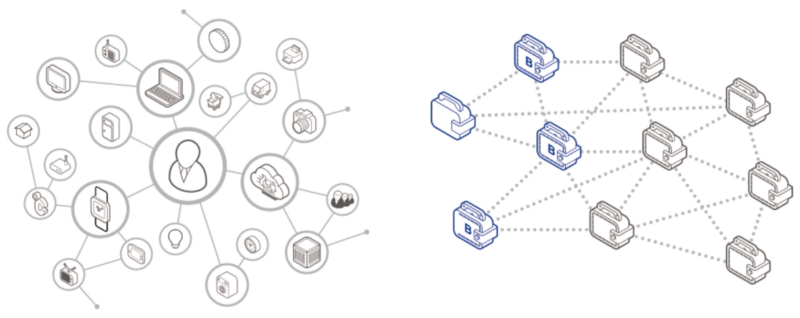Strengths, Weaknesses, and the Likely Road Ahead
The Internet of Things (IoT) is one of the most exciting paradigms in emerging technology. The principle of connecting billions of devices to automate networks is absolutely thrilling and has considerable applications in agriculture, manufacturing, consumer tech, and virtually all mechanically intensive industries. It also has a big problem: at its current stage, IoT is objectively infeasible and dangerous.
IoT connects a web of devices that typically operate with minimal computational power and are embedded with chips for the purpose of connectivity and little else. This is a major security flaw. Thus far, researchers have demonstrated horrifying capability and creativity in breaching IoT devices. Hackers have thus far managed to control implanted cardiac devices, entirely disable cars remotely, and launch the world’s largest DDoS attack.

The Case for Blockchain in IoT
IoT security flaws typically revolve around three areas: authentication, connection, and transaction. Devices improperly verifying, improperly connecting, or improperly spending with other devices are all major security concerns. (These are all software/protocol issues. Although is not the focus of this article, it is worth noting that IoT suffers from physical and hardware security flaws, too). A blockchain can alleviate all of these areas. Distributed ledgers seem like such a minor change to IoT networks considering how physically distributed the systems are, but the blockchain brings several killer apps with it.
Trustless: Fully operational IoT devices interact with known and (ideally) unknown devices. For example, autonomous machine repair is a big goal for the autonomous industry: when a mechanical failure or signs of deterioration is detected, the network responds by ordering new parts. In a trusted environment, such issues do not pose as a problem; in the real world, this is a major attack vector against the IoT network. But this otherwise thorny problem is solved by the trustless, consensus protocols of the blockchain, protecting from all but the most extreme malicious actors.
Auditable: Tracking the actions of network components and provably verifying that record is another big goal for IoT. Such auditability improves analytics, network performance, legal compliance, and safety. The blockchain’s immutable record is ideal for creating reliable networks histories.
